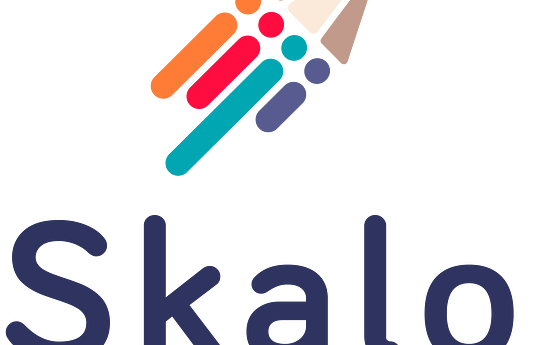We want learners to get validation for their learning in a peer community of practice. We know that learners can lose interest if their learning is not validated or if they do not gain the support to continue on a developmental trajectory. We wanted to build a model for formative assessment where peer-peer assessment was the driving force for learning in the community.
In a 4 week cycle, culminating in week 4 of Transfer Week, learners go through a 4 week learning sprint with each week offering a building block for a final output. Week 1 is known as immersion week (familiarise), where learners decide on what big ideas or skills they want to learn. Week 2 & 3 is where learners get to decide how they might apply what they have learned and where they iterate (experience) towards an output. Week 4 is a presentation of the learning which includes a 360 assessment where peers provide feedback and where learning is assessed (reflect). Throughout these 4 weeks, the community becomes a peer learning network where peer-peer feedback is the driving force behind all learning and outputs. Learning rubrics are co created with each learner as part of a methodology express the learning process.
In Learnlife hubs, the Familiarise, Experience, Reflect rubric is embedded into the learning culture and used by all learners. It is also used in Learnlife Home Hub - a community of online learners. The F-E-R formative assessment model requires self-assessment throughout the process and as it gets embedded into habitual practices, it is clear that learning becomes more impactful with learners becoming empowered by the rubric. F-E-R is used for all building blocks - with Transfer Week being an example of its use in action. Learnlife are working with school communities in Brazil, Switzerland, Germany and Spain to empower those practitioners to develop the skills of formative assessment for their learners. As Learnlife hubs continue to open around the world, the F-E-R model will be used.
Learning practitioners could use the F-E-R rubric and embed it into learning practices by familiarising the learners in the community with the process. Also, school communities could schedule a learning sprint such as transfer week, or passion projects and use the rubric as a means to deepening learning experiences.



